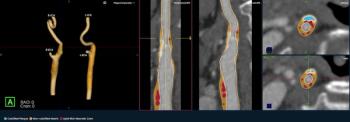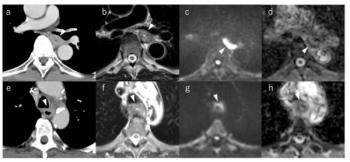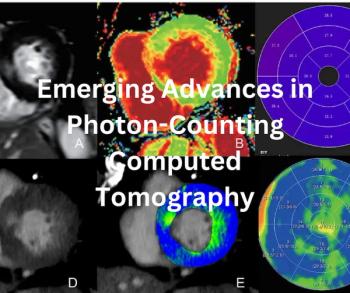
Imaging Guidelines Not Followed, Strokes Missed
Despite recommendations not to perform imaging for patients with peripheral vertigo, up to one-fifth of patients had a head CT while in the ED.
One-fifth of patients in the Canadian province of Ontario who had peripheral vertigo received imaging that is not recommended in guidelines. This imaging was also associated with missed strokes, according to a study published in the journal
Researchers from Toronto undertook a population-based retrospective cohort study to assess patients who were discharged from an emergency department (ED) after an index visit, with a diagnosis of peripheral vertigo. The goal was to determine the proportion of this patient population who underwent CT head imaging in the ED and to examine whether strokes were missed using CT imaging. The study took place from April 2006 to March 2011.
A total of 41,794 patients qualified. Of these, 8,596 patients (20.6%) received ED head CT imaging, and 99.8% of these patients were matched to a control.
The researchers compared the incidence of stroke within 30, 90, and 365 days subsequent to ED discharge between the patient and control groups.
“The relative risk of a 30- and 90-day stroke among exposed versus unexposed patients was 2.27 and 1.94, respectively,” the authors wrote. “There was no difference between groups at 1 year. Strokes occurred at a median of 32.0 days in exposed patients, compared with 105 days (interquartile range, 11.5–204.5) in unexposed patients.”
The authors concluded that although CT use among patients with peripheral vertigo is lower in Canadian EDs than in the United States, one fifth of patients discharged from an Ontario ED with peripheral vertigo had CT head imaging, despite published recommendations. “We found that CT imaging was associated with twice the number of early brain stem or cerebellar strokes after discharge from the ED,” they said.
Newsletter
Stay at the forefront of radiology with the Diagnostic Imaging newsletter, delivering the latest news, clinical insights, and imaging advancements for today’s radiologists.

































